Mr. Tran Van Khoan (Long Huu Tay commune, Can Duoc district) has a stable life from raising buffaloes.
Increase income, improve life
Long Huu Tay is one of two communes in Long Huu Islet, Can Duoc District. This area is surrounded by the Nuoc Man Canal and the Vam Co River. Every year, the locality has 6 months of salt water and 6 months of fresh water. The source of fresh water for production depends entirely on nature. The land is heavily contaminated with alum, only one rice crop can be grown, with very low productivity. Up to this point, the commune still has more than 300 hectares of abandoned land that cannot grow any crops.
Party Secretary and Chairman of the People's Committee of Long Huu Tay Commune, Can Duoc District - Le Van Tuan said: "The land is heavily contaminated with alum, combined with a lack of fresh water for production, so raising pigs, growing pineapples, etc. all failed. Only buffalo raising is developing and bringing stable income to the people."
Buffalo farming in Long Huu Tay is a “father-to-son” tradition, and is now over a hundred years old. Many elders say that about 50 years ago, buffalo farming was thriving, with 6 out of 10 households raising buffalo.
Mr. Tran Van Khoan (Long Huu Tay commune, Can Duoc district) shared: “In the past, when we first moved out with nothing, thanks to buffalo farming, my family had a stable life like now. From an initial buffalo that gave birth to many other buffaloes, my wife and I sold a buffalo to buy a hectare of land. The money from the buffalo plowing the fields was used to cover daily living expenses. Currently, my family still raises 10 buffaloes, although the income is not as abundant as before, we can still pocket 30-40 million VND/year.”
If in other regions, raising buffaloes requires a herder, in Long Huu Tay, this is not necessary. Because the buffaloes are used to the habit of going out to find food in the morning and returning to the barn in the afternoon. Mr. Khoan added: "The breeder does not need to spend much time taking care of them, just need to open the barn in the morning and put down the mosquito net in the afternoon. The buffaloes go out to graze on the abandoned grasslands and then return to the barn by themselves."
Preserving traditional crafts
Having been involved in the buffalo farming profession for nearly half of his life, Mr. Vo Van Dat (Long Huu Tay commune, Can Duoc district) considers buffalo as a companion. Now that mechanization has developed synchronously, buffalo no longer serves agricultural production, and buffalo farming is no longer as prosperous as before, but Mr. Dat has never had the intention of quitting the profession.
Mr. Dat confided: “Back then, after each plowing season, my family could buy a whole tael of gold. For me, every morning when I opened the barn to let the buffaloes graze, just seeing the herd of buffaloes made me feel excited and happy. Raising buffaloes is a “father-to-son” profession, so I will only stop raising buffaloes when I am no longer healthy.”
Currently, Mr. Dat has nearly 10 female buffaloes, which on average give birth to 4-5 calves per year. Calves raised about one year old can be sold for 8-10 million VND/head. In addition, he also raises fattened buffaloes, selling for 35-40 million VND/head. Roughly, he earns a profit of 40-50 million VND/year from raising buffaloes.
Determining that buffalo raising is suitable for Long Huu land and brings a stable source of income to the people, the Commune People's Committee advised the district to implement the Buffalo Fattening Project, with 15 poor and near-poor households participating. Accordingly, each poor and near-poor household is supported with 1 breeding buffalo. Ms. Vo Thi Ngoc Cam, a near-poor household in Long Huu Tay commune, Can Duoc district, said: "I am a single mother, without a stable job, and my life is precarious. With the Commune People's Committee's support of 1 breeding buffalo for a living, I will take good care of it to increase the herd, contributing to increasing income and escaping poverty sustainably ."
Mechanization of rice cultivation means that buffaloes are no longer used for production, and buffalo farming is no longer the same as before, but it is still a major source of income. In the fields, the image of a herd of buffaloes leisurely grazing is both a familiar sight in Long Huu Islet and a source of income for the people./.
Le Ngoc
Source: https://baolongan.vn/nghe-nuoi-trau-o-cu-lao-long-huu-a194900.html


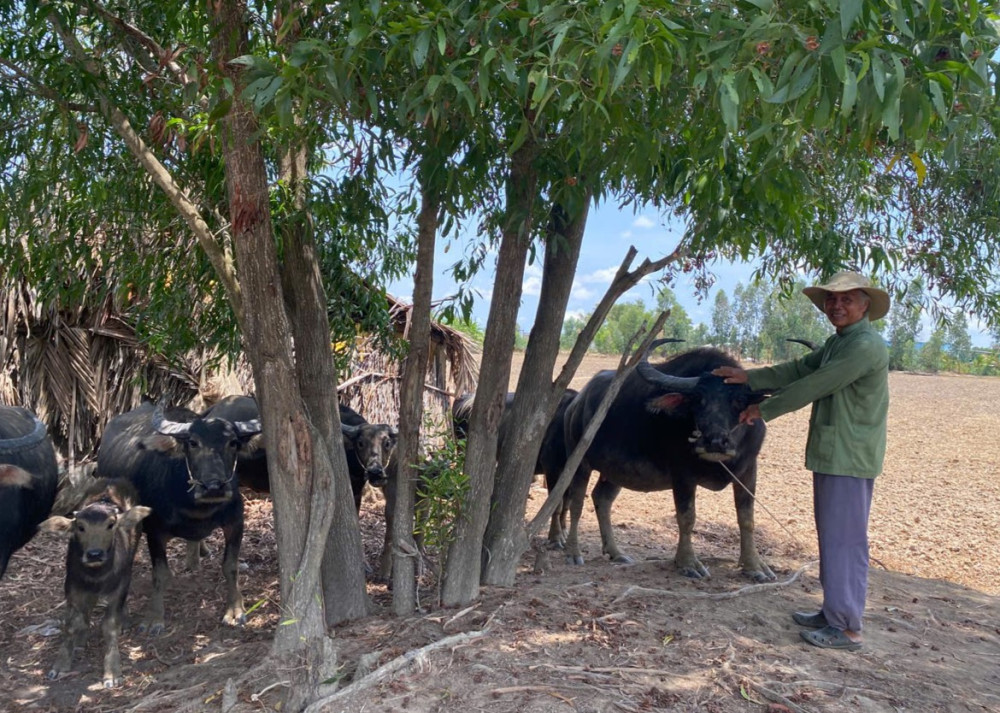


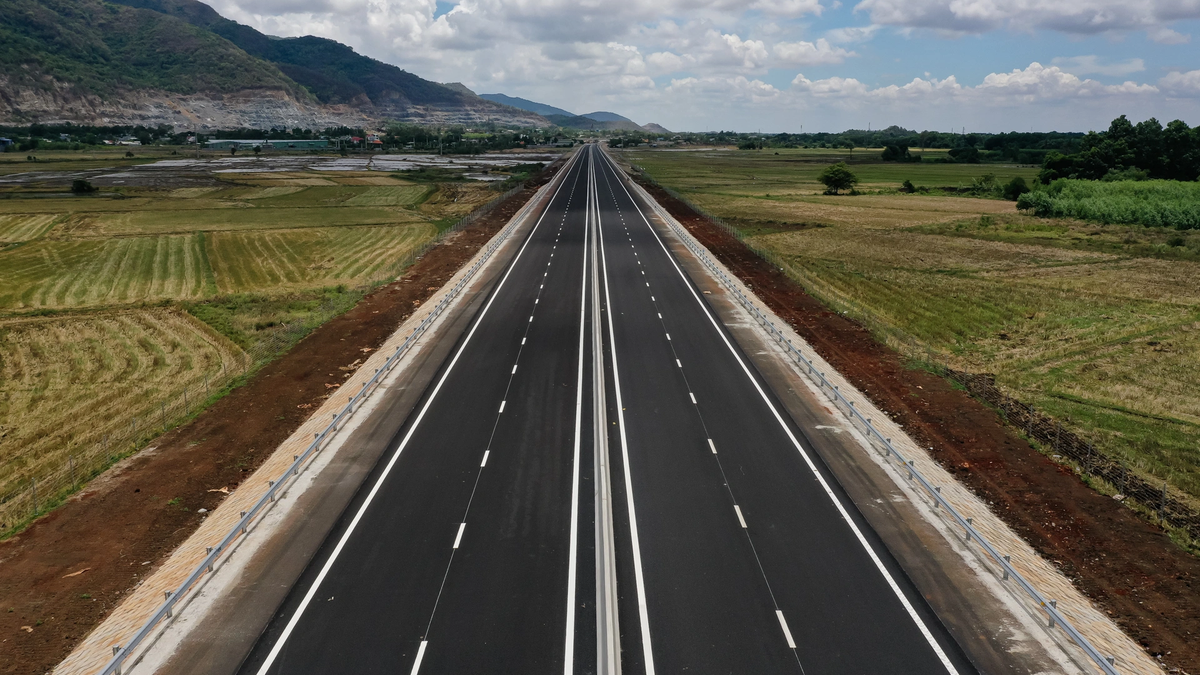
![[Photo] Party and State leaders visit President Ho Chi Minh's Mausoleum](https://vphoto.vietnam.vn/thumb/1200x675/vietnam/resource/IMAGE/2025/5/19/d7e02f242af84752902b22a7208674ac)
![[Photo] Party and State leaders attend the special art program "You are Ho Chi Minh"](https://vphoto.vietnam.vn/thumb/1200x675/vietnam/resource/IMAGE/2025/5/18/6895913f94fd4c51aa4564ab14c3f250)
![[Photo] Special flag-raising ceremony to celebrate the 135th birthday of President Ho Chi Minh](https://vphoto.vietnam.vn/thumb/1200x675/vietnam/resource/IMAGE/2025/5/19/1c5ec80249cc4ef3a5226e366e7e58f1)
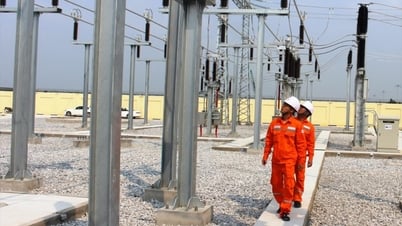

















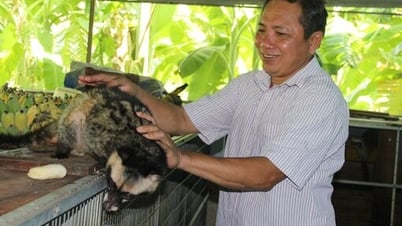
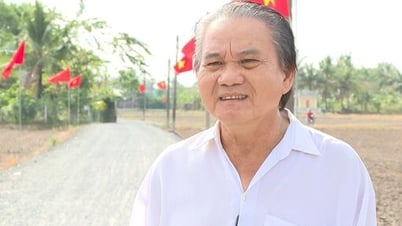





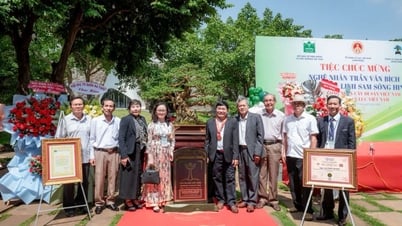











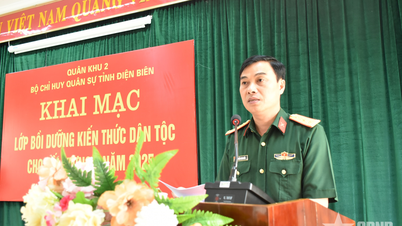










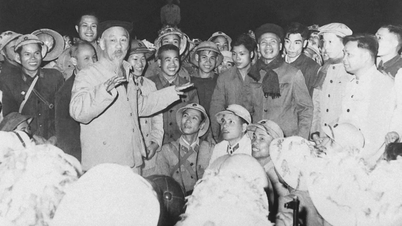
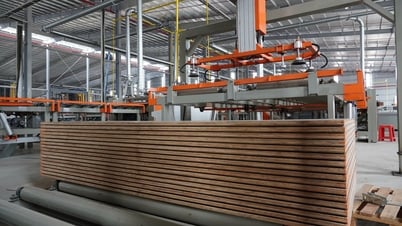








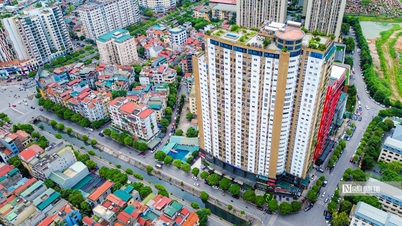














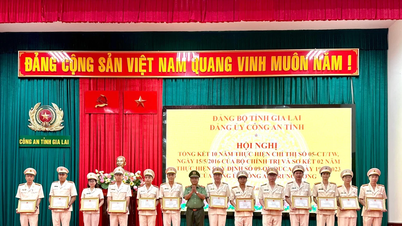












Comment (0)